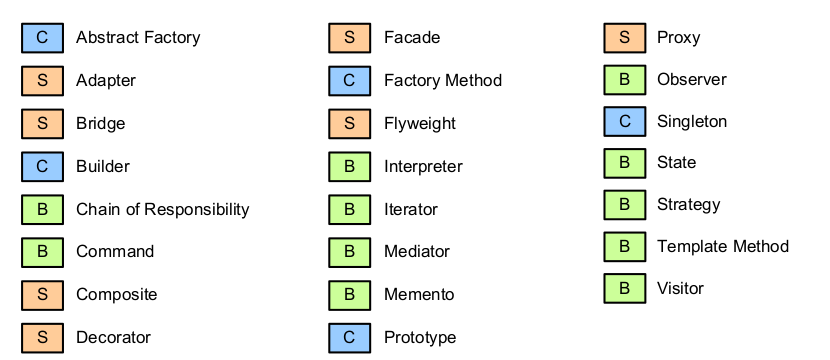SQL: Difference between TOP and LIMIT
- Biyi Akinpelu

- Apr 12, 2023
- 2 min read
The TOP function in SQL is used to limit the number of rows returned by a SELECT statement. It is often used with the ORDER BY clause to specify which rows to return based on a specific column.
The syntax of the TOP function varies depending on the specific SQL implementation, but the general format is:
SELECT TOP <number> <column(s)>
FROM <table(s)>
ORDER BY <column(s)>In this syntax, <number> specifies the maximum number of rows to return, and <column(s)> specifies the column or columns to retrieve from the table or tables. The ORDER BY clause is optional, but it determines the order in which the rows are returned.
For example, in Microsoft SQL Server, you can use the TOP function to retrieve the top 10 rows of a table like this:
SELECT TOP 10 *
FROM my_table
ORDER BY my_column;TOP and LIMIT are similar in that they are both used to limit the number of rows returned by a SELECT statement in SQL, but they are used in different SQL implementations and have slightly different syntax.
TOP is used in Microsoft SQL Server and Sybase databases, while LIMIT is used in MySQL, PostgreSQL, SQLite, and some other databases.
The syntax of TOP and LIMIT is slightly different. In Microsoft SQL Server, TOP is used as a keyword followed by a numeric value, while in MySQL and PostgreSQL, LIMIT is used as a clause followed by a numeric value or range. For example, in Microsoft SQL Server, the syntax might look like:
SELECT TOP 10 column_name
FROM table_name;while in MySQL or PostgreSQL, the syntax might look like:
SELECT column_name
FROM table_name
LIMIT 10;TOP and LIMIT can also have different behaviors when used with an ORDER BY clause. In Microsoft SQL Server, the TOP clause is applied to the entire result set before the ORDER BY clause is applied, while in MySQL and PostgreSQL, the LIMIT clause is applied after the ORDER BY clause. This means that in Microsoft SQL Server, the first N rows of the unsorted result set are returned, while in MySQL and PostgreSQL, the first N rows of the sorted result set are returned.
In summary, TOP and LIMIT are both used to limit the number of rows returned by a SELECT statement, but they are used in different SQL implementations and have slightly different syntax and behavior when used with an ORDER BY clause.




Comments